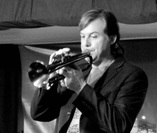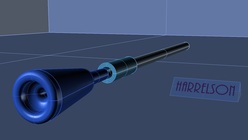 Today I will reveal a few simple techniques to setting optimum mouthpiece gap with any trumpet and mouthpiece. If you are new to the concept, Mouthpiece Gap is the space measured from the end of the mouthpiece to the beginning of the leadpipe (inside the receiver). The gap I am referring to is not visible and can only be measured by putting something inside the mouthpiece receiver of the trumpet. I will explain everything in great detail so if you'd rather see the summary and pass on all the mumbo jumbo technical stuff, just skip down to the graphics below. How Gap changes over the years The Gap on trumpets and mouthpieces varies widely by manufacturer, model, manufacture year, wear patterns, dirt, debris, damage, etc. The current tapered trumpet mouthpiece shank design in use today is prone to error on an extreme level and should be abandoned, in my opinion. The problem is that the slightest variation in the tapered surface results in a very different gap setting. For instance, when I take a brand new Bach 3C mouthpiece and place it into a brand new Bach trumpet, I can measure the gap. Let's say this number is .120" or 120/1000 of an inches, which machinists verbally state as, "one-hundred and twenty thousandths". Now introduce 2 years of wear from removing and re-inserting the mouthpiece. The inside of the receiver will stretch slightly depending on how hard it has been inserted and the outside of the mouthpiece shank plating will wear. Measuring the gap after two years, the measurement is almost always slightly smaller, say it now measures .110". Let's continue this scenario, in year 3 the mouthpiece is dropped and the shank is bent slightly. Now the gap may measure larger, say .150" thanks to the dent preventing the mouthpiece from being inserted far enough because the taper stopped at the high spot of the dent. Now years 4 through 17 see excessive receiver wear due to the dent in the mouthpiece shank scratching the inside of the receiver in various random places. The gap at year 17 may now measure anywhere from .250" on the long side due to more mouthpiece shank damage or as little as .050" on the short side due to regular wear to the inside of the receiver. How Gap affects your playing So the horn has been played over a period of time and the gap has potentially changed several times, both abruptly and gradually due to the factors mentioned and others unknown. But how does this variance in gap effect the way the horn plays? I have written on this subject extensively and you will find references throughout earlier blog entries, but here's a quick review. Very little gap, under .080" down to .000" offers less resistance in the airstream resulting in a more open blowing setup that requires more conscious effort to land on a note perfectly in tune or to hit the correct note in the first place. I personally play with a zero gap setting and prefer this as it allows me the freedom to place pitches anywhere when I play intervals, but I am the exception. Most players prefer medium gap, which I define as something close to .100" or one tenth of an inch. The setting gives you a balance of flexibility and slotting, making notes lock in easier while providing the freedom to slide off of a note with a little effort. The other extreme is wide gap, which is more commonly used in lead and high note playing and rarely in orchestral and symphonic setups. I define wide gap as anything over .130" and I have measured some horns built with gap up to .400". Most horns with wide gap tend to lock in on each note too easily so that slurring up or down to the next partial is difficult or sometimes nearly impossible. Some lead players love this feeling as it assists in landing on higher notes, but offers less flexibility. While others prefer a wide open blow to move around and find the notes with the air stream. A wide gap setting usually offers little or no room to adjust for intonation with the aperture or air stream so this is the least versatile option. I've created a simple graphic below to summarize the basics of gap so now we have an understanding of how gap changes over time and why we would prefer one setting over another. To each his/her own, but there surely is something that works better for you as an individual and I encourage you to try everything before making any conclusions.
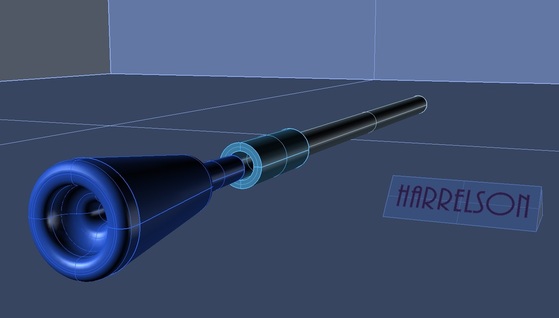 This illustration shows the mouthpiece as it is inserted into the receiver. The leadpipe is fitted to the back side of the receiver to provide optimum gap, but the exact leadpipe position in relation to the receiver taper is a guess as every mouthpiece taper and shank length varies widely. The ultimate solution would be a mouthpiece shank and receiver system that is not tapered, but rather a cylinder held by a collet. This is how the very same problem was solved in machine tooling where an adjustable length (gap) is required. Only when everything is perfect does a tapered system work, which would require all trumpet players to use the exact same gap length. This would give us more consistency in the system, but little versatility to meet each individual player's needs and preferences. The new AGR or Adjustable Gap Receiver is my solution and you will see this introduced on the Harrelson Summit trumpet later this year.
1 Comment
Don Lucas
4/24/2014 08:47:52 am
Hi Jason,
Reply
Your comment will be posted after it is approved.
Leave a Reply. |
Jason Harrelson
Inventor, Musician, Educator and Founder of Harrelson Trumpets, Trumpet Momentum and Harrelson Momentum. Archives
July 2024
|

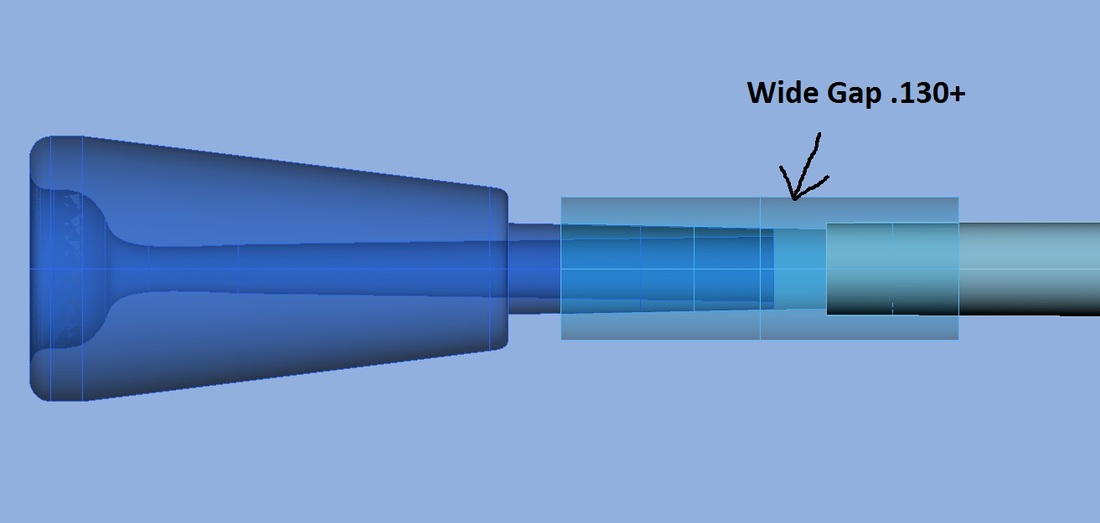
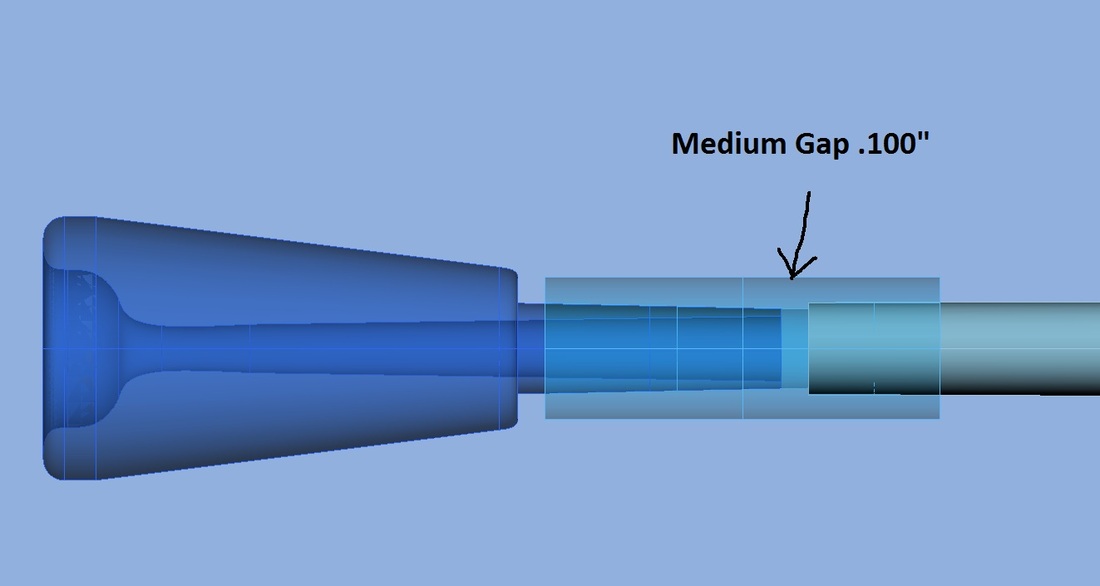


 RSS Feed
RSS Feed
